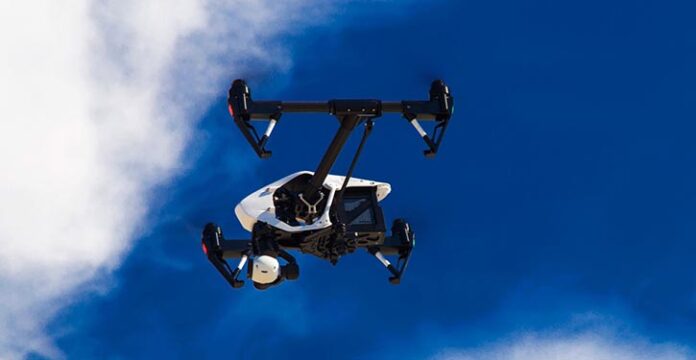M.A.D.S (Marine Anti Drone Systems) the innovative drone detection system has recently announced a four week trial of its system by Port of Amsterdam. The product has been developed by Martek Marine Systems.
The focus of the trial for the Port is to build understanding of how, where and why drones are flying over the Port of Amsterdam.
The Port has identified the potential of drones for numerous use applications across its and its customers’ operations. This trial will monitor their use. Many Port customers are preparing to use drones for infrastructure inspection and measurement of environmental parameters. The data collected from this important pilot will have far reaching influence on the future use of UAVs (Unmanned Aerial Vehicles) across the 650ha Port area.
A recent report by IDC (international Data Corporation) stated that it expected worldwide investment in drones to be USD12.3 billion in 2019, with drone purchase growing nearly twice as fast as the investment in robotics over the same period.
Joost Zuidema, Project Manager Innovation, is overseeing the trial for the Port Authority and said about the trial, “This trial is an important part of our innovation strategy. The M.A.D.S system gives us a first opportunity to get a feeling for the technology that will help us to understand drone usage and make a first assessment on unwanted drone flights in a part of our port.”
Like any tool, drones are being used for good as well as malevolent purposes. There is a potential threat to transport such as container ships and major infrastructure, such as ports, around the world. Whether this is through:
- privacy invasion
- terrorism threats of explosives or gas attack
- flyby hacking to take control of autonomous or semi-autonomous systems
- stealing valuable data off unprotected networks or breaking into insecure networks
Joost went on to say, “As the Port Authority we do want to ensure drone flights in our port are carried out safely and responsibly, within the laws and regulations.”
The M.A.D.S system will support the Port by monitoring legal and illegal flying across its land. The system solves this problem by detecting and identifying drones within a 5km range, providing GPS positioning of both drone and pilot together with the drone’s speed and heading. Configurable and escalating stage alarms in real time allow the drones intentions to be assessed in good time to decide on appropriate defence actions.
Erik Van Wilsum Head of CUAS (Counter-Unmanned Aircraft System) said “The growing trend for the use of UAVs (Unmanned Aerial Vehicles) being used on Ports, Commercial shipping and Super yachts is, as yet, not fully recognised by authorities. We are delighted to be working with Ports of Amsterdam, who are on the cutting edge of developing technology to understand the opportunities for drone use and the potential threats and benefits they can provide for key national infrastructure.”




